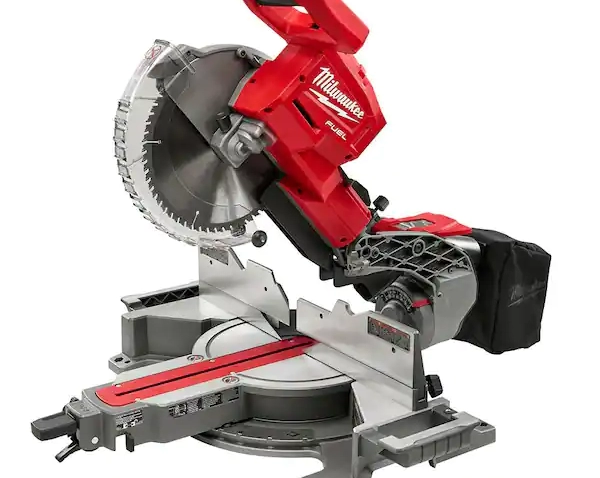
Single vs. Dual Bevel Miter Saw: Which One is Right for You?
Choosing the right miter saw for your woodworking projects can be overwhelming, especially with the options of single and dual bevel models. Both offer distinct advantages, and understanding their differences is crucial in making an informed decision. This article will delve into the key distinctions between single and dual bevel miter saws, helping you determine which one best suits your needs.
Understanding the Basics
Before diving into the comparison, let’s clarify what each type of miter saw does. A miter saw is a power tool designed to make precise crosscuts and angled cuts in wood. The bevel feature allows you to tilt the blade to create angled cuts along the edge of the workpiece.
- Single bevel miter saw: The blade tilts to one side only, typically the left. To make a bevel cut on the opposite side, you must flip the workpiece.
- Dual bevel miter saw: The blade can tilt to both the left and right, providing greater flexibility and eliminating the need to flip the workpiece for most cuts.
Advantages of a Single Bevel Miter Saw
While dual bevel miter saws are often seen as the superior option, single bevel models still hold their ground, especially for certain users. Here are some of their advantages:
- Cost-effective: Single bevel miter saws are generally more affordable than their dual bevel counterparts. This makes them an attractive choice for budget-conscious DIYers and hobbyists.
- Simplicity: With fewer moving parts, single bevel saws are often simpler to operate and maintain. This can be beneficial for those new to woodworking.
- Lightweight and compact: Due to their simpler design, single bevel saws tend to be lighter and more compact, making them easier to transport and store.

When to Choose a Single Bevel Miter Saw
A single bevel miter saw is a suitable choice if you primarily make straight crosscuts and only occasionally need to make bevel cuts. Additionally, if you have limited space or a tight budget, a single bevel saw might be the best option.
Advantages of a Dual Bevel Miter Saw
Dual bevel miter saws offer increased versatility and efficiency compared to single bevel models. Here’s why:
- Versatility: The ability to tilt the blade to both sides allows for a wider range of cuts without flipping the workpiece. This saves time and effort, especially on complex projects.
- Accuracy: Because you don’t need to flip the workpiece, there’s less chance of measurement errors and inconsistencies in cut angles.
- Professional-grade features: Many dual bevel miter saws come with additional features like laser guides, sliding capabilities, and larger cutting capacities, making them ideal for professional woodworkers and serious DIYers.
When to Choose a Dual Bevel Miter Saw
If you regularly make bevel cuts on both sides of your workpiece, a dual bevel miter saw is a must-have. Additionally, if you work on large or complex projects, the increased versatility and accuracy offered by a dual bevel saw will be invaluable.

Factors to Consider When Choosing
Beyond the basic differences between single and dual bevel miter saws, several other factors should influence your decision:
- Blade size: Larger blades can cut thicker material but require more power and may be heavier. Consider the thickness of the materials you’ll be working with.
- Cutting capacity: Ensure the saw’s cutting capacity matches the dimensions of your typical workpieces.
- Miter angle range: The maximum miter angle determines the steepest angle you can cut.
- Bevel angle range: The maximum bevel angle affects the depth of angled cuts you can make.
- Additional features: Some saws offer laser guides, sliding capabilities, and other features that can enhance accuracy and productivity.
- Budget: Determine how much you’re willing to spend on a miter saw.
Comparison between single and dual bevel miter saws
Choosing between a single bevel and a dual bevel miter saw can be puzzling for many DIY enthusiasts and professional woodworkers alike. Both types offer distinct advantages and cater to different project requirements. This article will break down the key differences between these two saws, helping you make an informed decision for your workshop.
Understanding the Basics
Before diving into the comparison, let’s clarify what each type does. A miter saw is a power tool designed to make precise crosscuts and angled cuts in wood. The bevel feature allows you to tilt the blade to create angled cuts along the workpiece’s edge.
- Single bevel miter saw: The blade tilts to one side only, typically the left. To make a bevel cut on the opposite side, you must flip the workpiece.
- Dual bevel miter saw: The blade can tilt to both the left and right, offering greater flexibility and eliminating the need to flip the workpiece for most cuts.
Single Bevel Miter Saw: A Closer Look
Single bevel miter saws are often the go-to choice for beginners and those with limited budgets. They are simpler to operate and maintain due to their less complex design.
Advantages of a single bevel miter saw:
- Cost-effective: Generally more affordable than dual bevel models.
- Simplicity: Fewer moving parts mean easier operation and maintenance.
- Lightweight and compact: Ideal for smaller workshops or those who need to transport the saw frequently.
When to choose a single bevel miter saw:
- You primarily make straight crosscuts and only occasionally need bevel cuts.
- You have a limited budget.
- You value simplicity and ease of use.
Dual Bevel Miter Saw: Unlocking Versatility
Dual bevel miter saws offer superior versatility and efficiency, making them a popular choice for professional woodworkers and serious DIYers.
Advantages of a dual bevel miter saw:
- Versatility: The ability to tilt the blade to both sides eliminates the need to flip the workpiece, saving time and effort.
- Accuracy: Reduced chance of measurement errors due to not flipping the workpiece.
- Professional-grade features: Often equipped with additional features like laser guides, sliding capabilities, and larger cutting capacities.
When to choose a dual bevel miter saw:
- You frequently make bevel cuts on both sides of your workpiece.
- You work on large or complex projects.
- You prioritize accuracy and efficiency.
- You desire advanced features for precise cuts.
Key Differences: A Comparative Table
| Feature | Single Bevel Miter Saw | Dual Bevel Miter Saw |
|---|---|---|
| Blade tilt | One side (usually left) | Both left and right |
| Workpiece flipping | Required for opposite side bevels | Not required for most cuts |
| Cost | Generally lower | Generally higher |
| Complexity | Simpler | More complex |
| Versatility | Limited | High |
| Ideal for | Beginners, occasional bevel cuts, budget-conscious | Professionals, frequent bevel cuts, complex projects |
Factors to Consider Beyond Bevel Type
While the bevel feature is a crucial factor, other aspects should influence your decision:
- Blade size: Determines the thickness of material you can cut.
- Cutting capacity: Ensure the saw can handle the dimensions of your workpieces.
- Miter angle range: The maximum angle for crosscuts.
- Bevel angle range: The maximum angle for angled cuts.
- Additional features: Laser guides, sliding capabilities, and other features can enhance accuracy and productivity.
- Budget: Determine your spending limit.
Choosing between a single bevel and dual bevel miter saw depends on your specific needs and priorities. If you primarily make straight cuts and have a limited budget, a single bevel saw might suffice. However, if you frequently work with bevels or require a versatile tool for complex projects, a dual bevel saw is the better investment.
By carefully considering your project requirements and budget, you can select the miter saw that best complements your woodworking endeavors.

Selecting the right miter saw depends on your specific needs and preferences. If you primarily make straight cuts and have a limited budget, a single bevel miter saw might suffice. However, if you frequently work with bevels or require a versatile tool for complex projects, a dual bevel miter saw is the better choice.
By carefully considering the factors discussed in this article, you can make an informed decision and choose the miter saw that will best serve your woodworking endeavors.





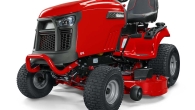

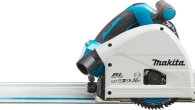

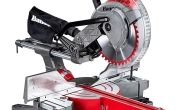
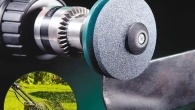
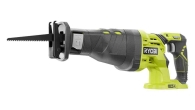
Leave a Reply